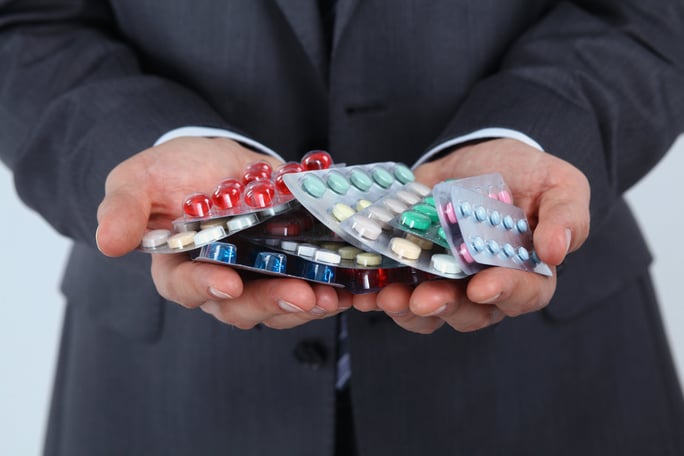How to increase patient adherence with packaging

Packaging has many functions. Not only does it help to transport a drug from point A to point B,it also contains a marketing function. What many companies don't consider is the impact packaging can have on end users, specifically, patients. It's true that people prefer user-friendly packaging, but in this case, good packaging can improve adherence to drug regimens prescribed by physicians.
The cost of failed adherence
There are many reasons patients fail to comply with prescription medications, and not all of them can be solved by more effective packaging. However, there are a number of ways pharmaceutical companies can improve their packaging to increase patient compliance.
According to a report from The HealthCare Compliance Packaging Council,has a significant impact on the health care system. The financial cost is estimated at close to $300 billion. However, it's the toll on health that is more severe. Poor adherence tomedication causes upwards of 125,000 deaths annually, and 10-25 percent of admissions tonursing homes and hospitals.
Luckily, with a heavier focus on how packaging design could improve patient compliance, pharmaceutical companies could work to reduce these numbers.
Blister-packs and greater clarity
Structured dosage packaging increases patient compliance significantly. In a study by Walter Leonard, MD, and Dawn Leonard, RN, BSN, where women were given a two-drug regimen, blister packs increased adherence significantly. The group using blister cards were 82 percent compliant, compared with just 30 percent from a group who self-administered their medications out of an amber vial. A study published in the New Zealand Medical Journal focusing on elderly patients achieved similar results. Patients were more likely to take their medication from a blister pack than other types of containers because of the established calendar formation that dictated when to take each pill.
Digital resources
In some cases, patients simply don't want to adhere to their prescriptions, particularly when fear or discomfort are involved -for instance, with self-injection.
In an interview with Pharmaceutical Packaging News, Katrina Firlik, chief medical officer for HealthPrize Technologies, noted such often exist when a drug's benefits are long-term rather than immediate.
This is a more difficult situation for companies to deal with, but innovative businesses have found ways to incorporate digital technology to improve patient outcomes.
HealthPrize Technologies, co-founded by Firlik, is a digital platform that keeps patients engaged in their medication using an app, gamification and even informational quizzes. Patients are aptly rewarded for participation, such as by earning gift cards from their favorite businesses, which pharmaceutical companies pay for, according to New York Daily News. The app sends users a notification reminding them to take their meds and tracks adherence.
HealthPrize recently partnered with West Pharmaceuticals, a company that makes packaging solutions for injectable medications, to create a tool that sends an alert to a patients' smartphones when they inject the drug. Other companies can follow a similar example by using packaging to link to their own digital resources.
Once patients leave the doctor's office or hospital, it is generally up to them to take their medications as prescribed. Luckily, there are many ways for companies to use packaging to their advantage when it comes to helping patients.
Subscribe
to Nosco News and get the latest sent to your inbox.



